English Literature > Edexcel > Edexcel as level english literature question p aper 1 june 2023 + mark scheme (All)
Edexcel as level english literature question p aper 1 june 2023 + mark scheme
Document Content and Description Below
Mark Scheme (Results) Summer 2023 Pearson Edexcel GCE Advance Subsidiary In English Literature (8ET0) Paper 1: Poetry and DramaEdexcel and BTEC Qualifications Edexcel and BTEC qualifications are ... awarded by Pearson, the UK’s largest awarding body. We provide a wide range of qualifications including academic, vocational, occupational and specific programmes for employers. For further information visit our qualifications websites at www.edexcel.com or www.btec.co.uk. Alternatively, you can get in touch with us using the details on our contact us page at www.edexcel.com/contactus. Pearson: helping people progress, everywhere Pearson aspires to be the world’s leading learning company. Our aim is to help everyone progress in their lives through education. We believe in every kind of learning, for all kinds of people, wherever they are in the world. We’ve been involved in education for over 150 years, and by working across 70 countries, in 100 languages, we have built an international reputation for our commitment to high standards and raising achievement through innovation in education. Find out more about how we can help you and your students at: www.pearson.com/uk Summer 2023 Question Paper Log Number P69661 Publications Code 8ET0_01_2306_MS All the material in this publication is copyright © Pearson Education Ltd 2023General Marking Guidance • All candidates must receive the same treatment. Examiners must mark the first candidate in exactly the same way as they mark the last. • Mark schemes should be applied positively. Candidates must be rewarded for what they have shown they can do rather than penalised for omissions. • Examiners should mark according to the mark scheme not according to their perception of where the grade boundaries may lie. • There is no ceiling on achievement. All marks on the mark scheme should be used appropriately. • All the marks on the mark scheme are designed to be awarded. Examiners should always award full marks if deserved, i.e. if the answer matches the mark scheme. Examiners should also be prepared to award zero marks if the candidate’s response is not worthy of credit according to the mark scheme. • Where some judgement is required, mark schemes will provide the principles by which marks will be awarded and exemplification may be limited. • When examiners are in doubt regarding the application of the mark scheme to a candidate’s response, the team leader must be consulted. • Crossed out work should be marked UNLESS the candidate has replaced it with an alternative response.Specific Marking Guidance The marking grids have been designed to assess student work holistically. The grids identify which Assessment Objective is being targeted by each bullet point within the level descriptors. One bullet point is linked to one Assessment Objective, however please note that the number of bullet points in the level descriptor does not directly correlate to the number of marks in the level descriptor. When deciding how to reward an answer, examiners should consult both the indicative content and the associated marking grid(s). When using a levels-based mark scheme, the ‘best fit’ approach should be used: • examiners should first decide which descriptor most closely matches the answer and place it in that level • the mark awarded within the level will be decided based on the quality of the answer and will be modified according to how securely all bullet points are displayed at that level • in cases of uneven performance, the points above will still apply. Candidates will be placed in the level that best describes their answer according to each of the Assessment Objectives described in the level. Marks will be awarded towards the top or bottom of that level depending on how they have evidenced each of the descriptor bullet points • examiners of Advanced GCE English should remember that all Assessment Objectives within a level are equally weighted. They must consider this when making their judgements • the mark grid identifies which Assessment Objective is being targeted by each bullet point within the level descriptors • indicative content is exactly that – they are factual points that candidates are likely to use to construct their answer. It is possible for an answer to be constructed without mentioning some or all of these points, as long as they provide alternative responses to the indicative content that fulfils the requirements of the question. It is the examiner’s responsibility to apply their professional judgement to the candidate’s response in determining if the answer fulfils the requirements of the question.Question number Indicative content 1 Candidates may refer to the following in their answers: • ways in which society is presented in the poem, e.g. description of ‘kids in cars’; ‘Burberry clad louts’ • ways in which poets reference time and how society may be perceived, e.g. allusion to the Keats poem and the past; reference to ‘future poets’ • ways in which poets use form and structure to represent society, e.g. change in rhyme structure in the last two sestets to represent change in society over time; use of ode form • ways in which poets use language to represent societal and cultural norms, e.g. proper nouns of ‘Burberry’, ‘Diamond White’ • comparison of poets’ views of society, such as the implied criticism of how young people in society are depicted in the media, e.g. ‘Daily Express exposé’ • use of imagery in the poem to present ideas about society, e.g. the ‘Grayson Perry Urn’ and the intertextuality of Keats’ Grecian urn • ways in which poets present ideas of society through the voice of the poem, e.g. conversational tone of ‘Hello! What’s all this here?’; use of apostrophe ‘you garish crock’. These are suggestions only. Reward any appropriate poem selection and relevant comparisons. 2 Candidates may refer to the following in their answers: • ways in which poets use the narrative voice to tell a story, e.g. use of first-person to create a personal account of the mother’s illness • ways in which poets use voices to create different perspectives, e.g. snippets of dialogue from parents add humour and pathos • ways in which poets use form and structure, e.g. use of enjambement to mimic mother’s disorientation • ways in which poets use language to create voice, e.g. use of conversational tone in the poem • ways in which poets use imagery to create voice and character, e.g. ‘the locked-in son’; the mother’s ‘living hell’ • comparison of the connection between poet and the subject, e.g. use of the name ‘Adam’ to emphasise personal voice • ways in which poets use times and places, e.g. season of Autumn; ‘Paris restaurant’; ‘Berkshire lanes’. These are suggestions only. Reward any appropriate poem selection and relevant comparisons.Please refer to Specific Marking Guidance on page 4 when applying this marking grid. AO1 = bullet point 1 AO2 = bullet point 2 AO4 = bullet point 3 Level Mark Descriptor (AO1, AO2, AO4) 0 No rewardable material. Level 1 1–4 Recalls information/descriptive • Recalls basic points with few accurate references to texts. Recalls limited concepts and terms. Ideas are unstructured with frequent errors and technical lapses. • Uses a highly narrative or descriptive approach. Shows overall lack of understanding of how meanings are shaped in texts and the writer’s craft. • Has limited awareness of connections between texts. Describes the texts separately. Level 2 5–9 General understanding/approach • Makes general points and references texts, though not always securely. Gives general explanation of concepts and terminology. Ideas are organised but writing has errors and technical lapses. • Gives surface readings of texts by commenting on straightforward elements. Shows general understanding of how meanings are shaped in texts and the writer’s craft. • Gives general connections between texts. Provides straightforward examples. Level 3 10–14 Clear understanding/exploration • Offers a clear response, providing examples. Accurate use of concepts and terminology. Ideas are expressed with few errors and lapses in expression. • Demonstrates clear approach to how meanings are shaped in texts. Has clear knowledge which shows understanding of the writer’s craft. • Makes clear connections between texts. Supports with clear examples. Level 4 15–19 Consistent application/exploration • Constructs a consistent argument with examples, confident structure and precise transitions. Uses appropriate concepts and terminology. Expression is secure with carefully chosen language. • Displays a secure understanding of how meanings are shaped in texts. Provides evidence of effective and consistent understanding of the writer’s craft. • Makes connections between texts. Uses consistently appropriate examples. Level 5 20–24 Discriminating application/exploration • Provides a consistently effective argument with textual examples. Applies a discriminating range of concepts and terminology. Secure expression with carefully chosen language and sophisticated transitions. • Displays discrimination when evaluating how meanings are shaped in texts. Shows a critical understanding of the writer’s craft. • Makes effective connections between texts. Exhibits discriminating use of examples.Question number Indicative content 3 Les Blancs Candidates may refer to the following in their answers: • tensions within the Matoseh family dramatically portray the tensions within the country, e.g. Tshembe and Abioseh’s argument over Eric’s future • colonialist attitudes expressed through Reverend Neilsen’s attempt to impose himself as the father of the compound, e.g. Marta says, ‘We are all his children’ • dramatic conflict within Tshembe between honouring his African family and returning to his wife and child in Europe, e.g. ‘I want to go home’ • contrast between Tshembe and Charlie in their attitude toward their family and the past, e.g. ‘we are supposed to be our father’s sons’; ‘I really cannot shoulder my father’s sins’ • murders of the Hokinson and the Duchesne families as catalyst for martial law and the play’s bloody denouement • presentation of the Kwi as family, e.g. Ngago as the ‘poet-warrior’ calls to his ‘Brothers! Sisters!’ These are suggestions only. Accept any valid alternative response. 4 Les Blancs Candidates may refer to the following in their answers: • dramatic presentation of Tshembe’s internal struggle with his African past and European present, e.g. he says to Madame Neilsen ‘It seems your mountains have become mine’ • Tshembe and Charlie’s confrontation reflects contemporary debates, e.g. ‘I do not “hate” all white men – but I desperately wish that I did. It would make everything infinitely easier!’ • use of Tshembe’s travels and experiences of European cruelty to place colonialism and imperialism into a global context of oppression, e.g. ‘I have seen Dachau and Anne Frank’s attic’ • symbolism of the African woman dancing to Tshembe at the end of Act One and his agonised response, e.g. ‘I HAVE RENOUNCED ALL SPEARS!!!’ • Tshembe’s complexity as he searches for identity and independence for himself and his Kwi family reflect complexity of the political struggle and debate • dramatic presentation of Tshembe in his father’s robe at the end of the play before he kills his brother. These are suggestions only. Accept any valid alternative response.Question number Indicative content 5 Doctor Faustus Candidates may refer to the following in their answers: • paradox of Faustus selling his soul to become master of the world makes him a servant of Lucifer [Show More]
Last updated: 3 months ago
Preview 1 out of 46 pages
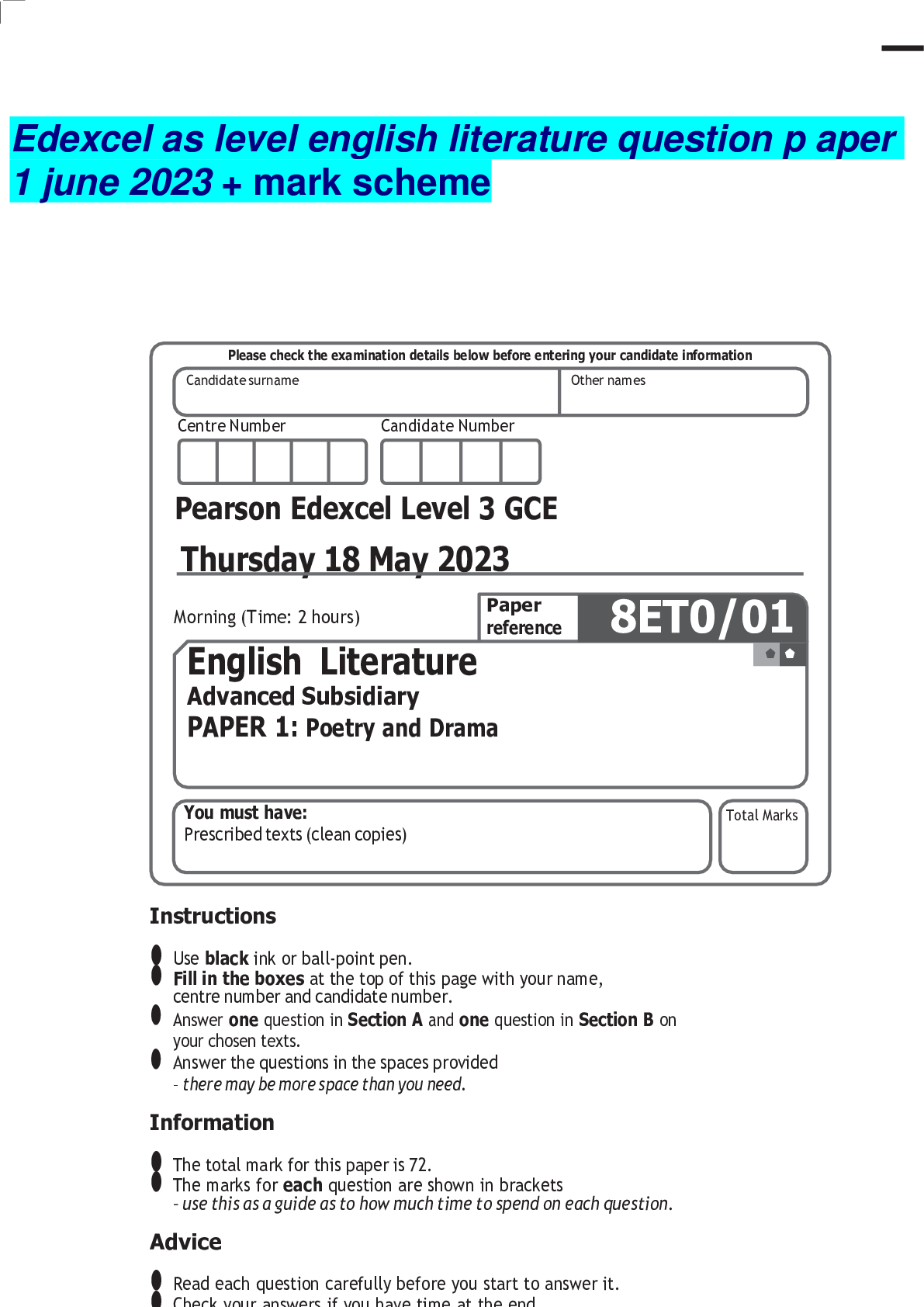
Reviews( 0 )
Document information
Connected school, study & course
About the document
Uploaded On
Jan 16, 2024
Number of pages
46
Written in
Additional information
This document has been written for:
Uploaded
Jan 16, 2024
Downloads
0
Views
32

.png)
.png)
.png)
.png)
.png)
.png)
.png)
.png)
.png)
.png)
.png)
.png)
.png)
.png)
.png)
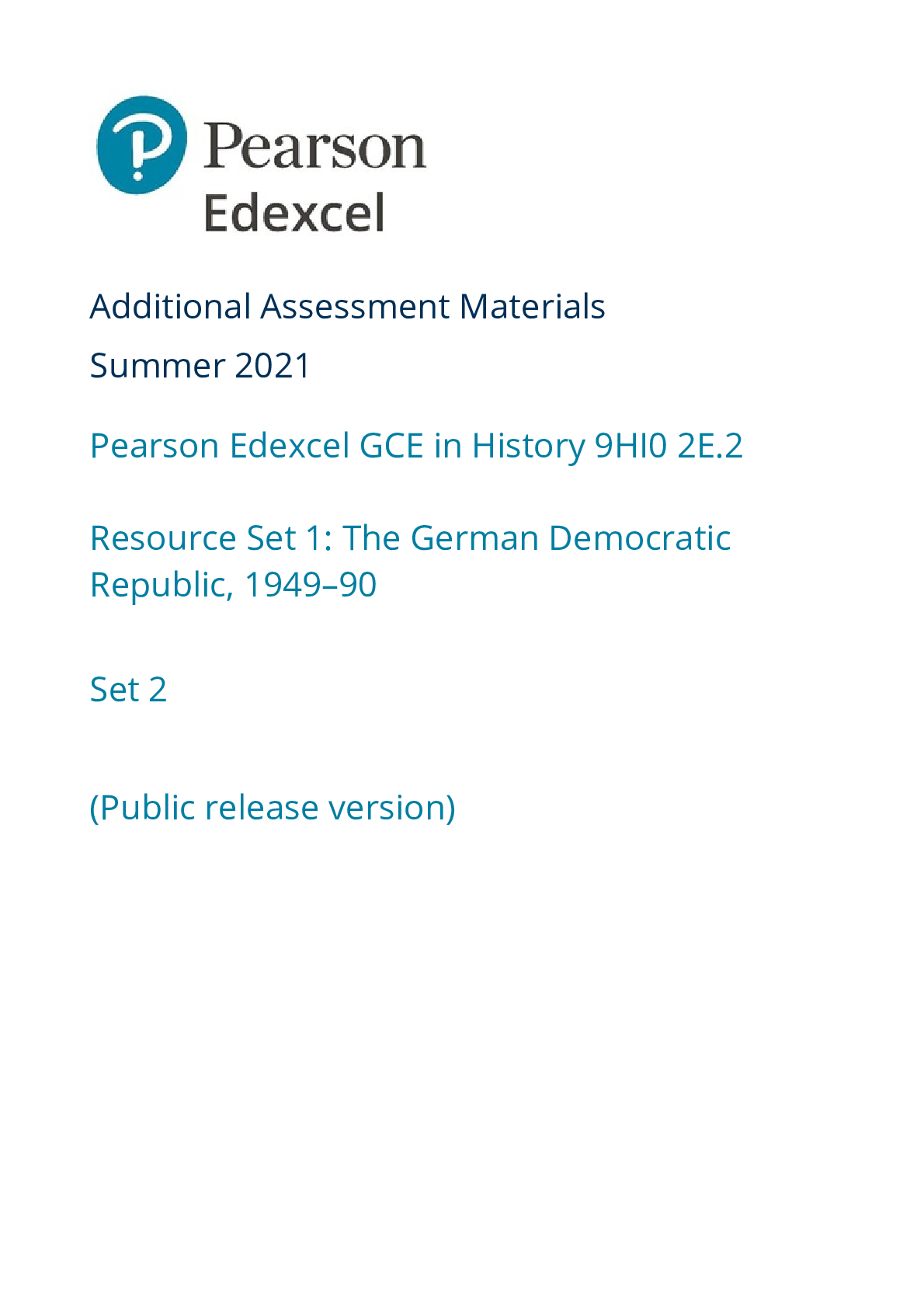
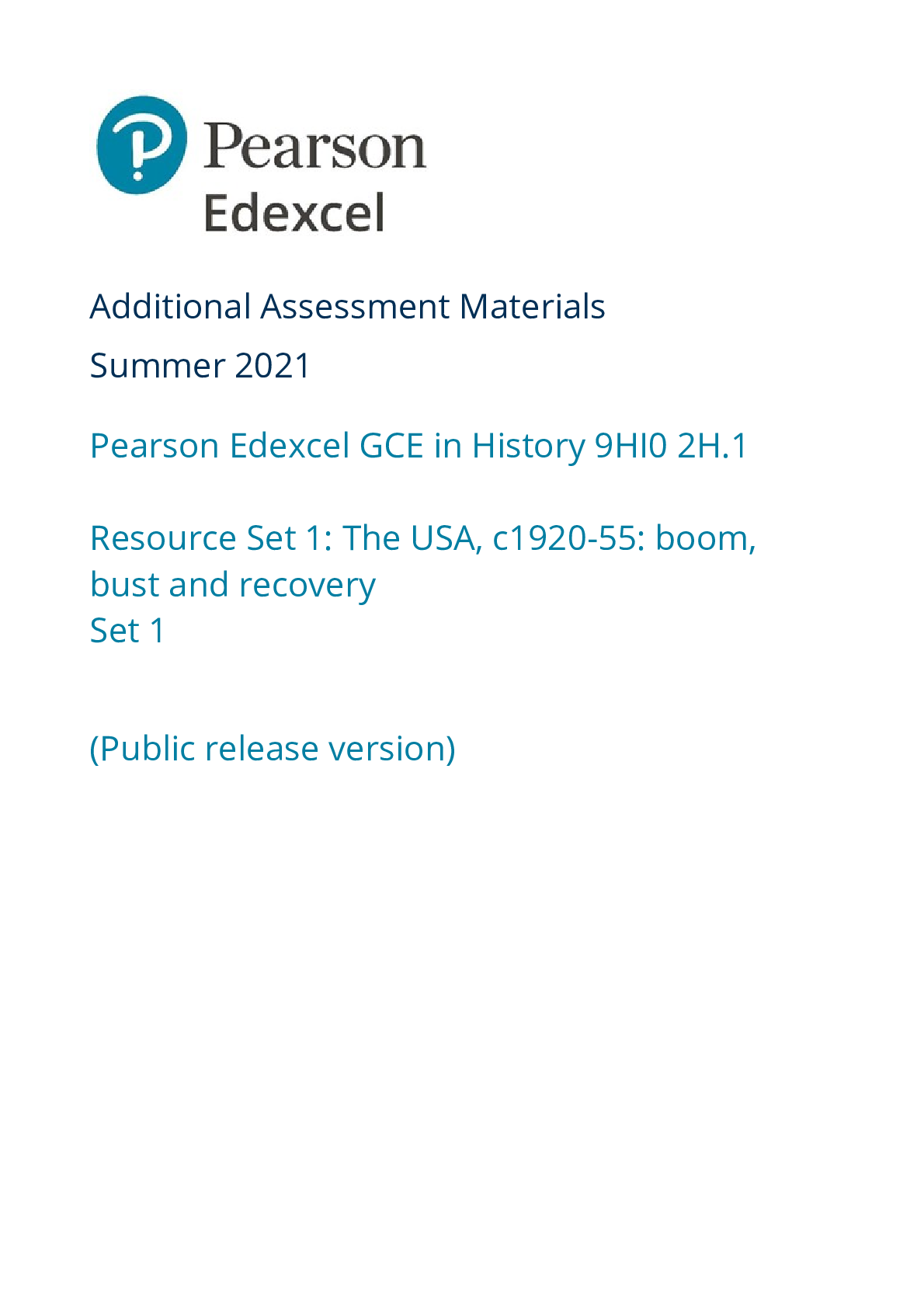
.png)
.png)
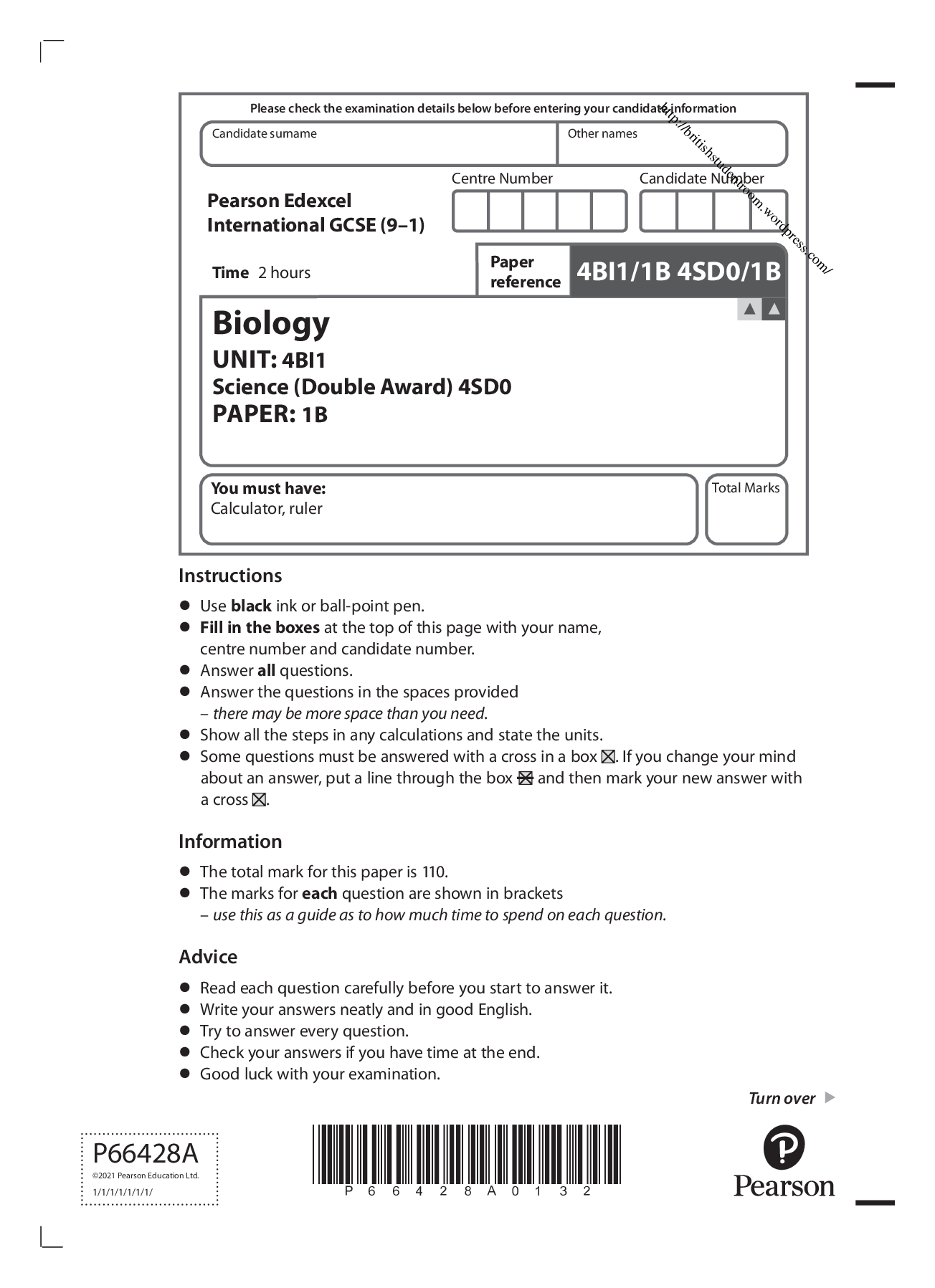
.png)
.png)
.png)
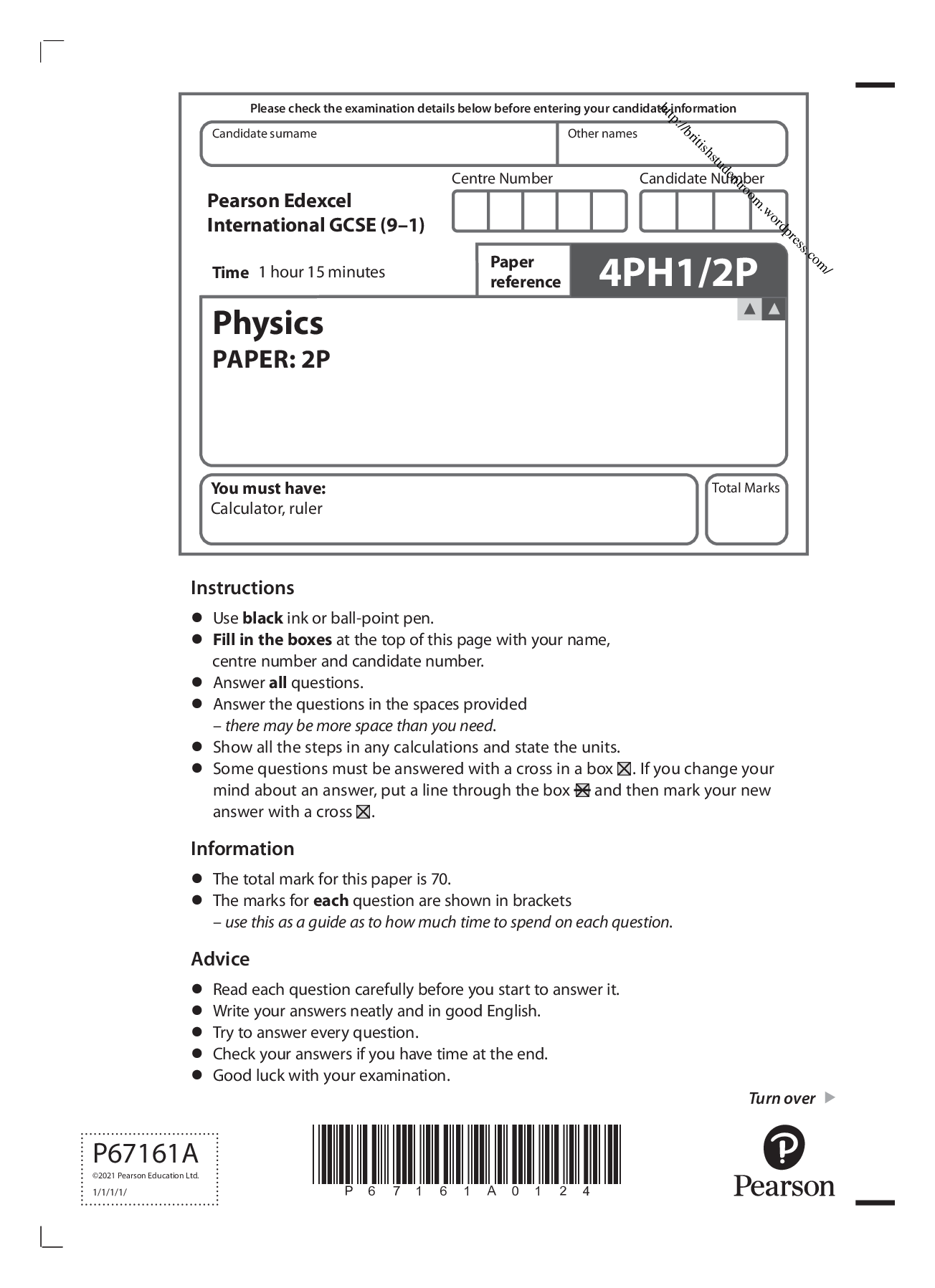
.png)
.png)
.png)
.png)
.png)
.png)

